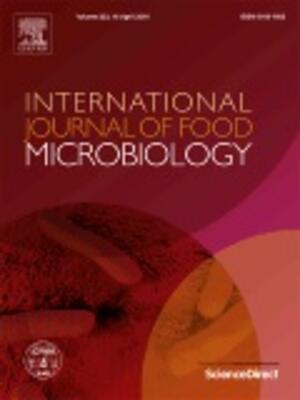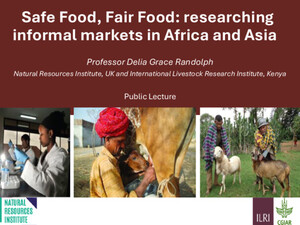
Knowledge, attitude and practice of food handlers towards chicken hygiene and food safety in chicken restaurants in Ouagadougou, Burkina Faso
Abstract
Objective
Chicken is the primary animal source food consumed in street restaurants in Burkina Faso. In most of these restaurants, slaughtering, processing, and cooking practices are carried out with poor hygienic conditions. A cross-sectional survey was carried out to assess food safety knowledge, attitude, and hygienic practice of food handlers in chicken outlets of Ouagadougou.
Material and Methods
One hundred chicken sale outlets were randomly selected, and food handlers were interviewed using a semi-structured questionnaire that assessed hygiene practices, knowledge and perception around food safety.
Results
Among the outlets visited, 41% were restaurants with seating but no permanent building, 25% were restaurants with seating and a permanent building, 22% were takeaways with no building or seating and 11% were the takeaways with a building but no seating. The restaurants served mainly grilled, flamed or roasted chicken to their customers. Only 11% of the respondents had training in hygiene and food safety and authorities did not regularly inspect around 47% of the outlets. The sources of chicken carcasses to the restaurants were self-slaughter and/or sourced carcasses from other slaughterers. As a bleeding surface, most use bare earth, cement and ceramics. 85% use water with soap to clean the slaughtering surface, while the rest use sanitizers. They eviscerate on table-tops or bowls made of plastic and metal. Many of them use the same knife in all stages of the slaughtering process. About 11% store carcasses in the refrigerator and 8% in freezers while the rest keep carcasses at ambient temperature. More than 50% of them use the same cleaning cloth during slaughtering and food preparation stages. They dispose of slaughter waste in trash cans (52.5%), around the site (25%) or throw it in the street (20%). A quarter of the participants said that animals come in contact with preparation surfaces and 78% have no animal control plans. Only 20% of them had recently tried to improve food safety in their restaurants. When they feel sick, 42% do not go to work, 21% wash their hands thoroughly, and 19% wash hands more thoroughly and minimize handling of produce. About 95% of them have access to the quantity of water needed, and all declared access to clean water. About 80% of them said that cleanliness and hygiene are not important to their customers when choosing where to eat.
Conclusion
To improve the poor hygienic practices in chicken handling, educational campaigns for food processors and consumers on good food safety are needed. In addition, the supply of equipment such as, cleanable surfaces, cold chain equipment, including freezers and power generators is paramount.
Citation
Gemeda, B.A., Assefa, A., Dione, M., Ilboudo, G., Lallogo, V., Grace, D. and Knight-Jones, T.J.D. 2023. Knowledge, attitude and practice of food handlers towards chicken hygiene and food safety in chicken restaurants in Ouagadougou, Burkina Faso. Presentation at the 2nd Pan-African Poultry Conference, Lomé, Togo, 16–18 May 2023. Nairobi, Kenya: ILRI.









